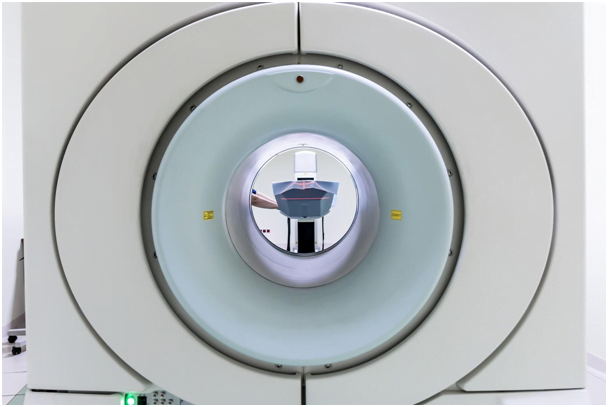Need an MRI? Here’s What You Should Know

You’ve been having some medical issues, and your doctor has ordered an MRI to get a better look at the inside of your body. It seems like a simple test, and there should be nothing to worry about, right? There are many things that you don’t know about this high-tech scanner. There are risks associated with the radiation, dyes used, and being in a cramped space with nothing but breathing room. Unfortunately, you may feel like you don’t have any other options, but you should educate yourself before you undergo this test.
The Dangers of Metals and the MRI
The MRI machine, also known as magnetic resonance imaging, was created back in 1936, and it became part of standard testing procedures on July 3, 1977. In the 82 years since its inception, there have been some upgrades, but the risks are still ever present. Before you go in for your testing, you will be asked to remove all jewelry as well as any makeup from the face. However, what should you do if you have metal in your body?
Since the machine contains a powerful magnet, it can cause all kinds of complications. Did you know that if you have a pacemaker or any metal implants, you cannot have an MRI scan? It’s because the magnet has such pull that it will move these items around and cause considerable damage.
The Tiny Tube and Claustrophobia
One of the most significant problems with the traditional MRI machine is the tiny tube that you must go inside to be scanned. In many instances, patients must be sedated to be able to be in such tight quarters. For many, being surrounded for any period is impossible. If you didn’t have claustrophobia when you went in, then you may have it when you come out. There are ways to talk and signal to those conducting the tests that you need out, but many find the experience quite traumatizing. The creation if the open MRI helped some, but there is still some sense of being trapped.
Difficulties From Gadolinium in the Dye
Lastly, doctors often order an MRI with an injectable dye in the veins. It illuminates problem areas and allows them to get a better view. However, there are considerable side effects that can occur with these dyes. Gadolinium negative health effects are not uncommon. There have been lawsuits filed by people who have suffered damages due to this chemical element being injected into their body. Some people have short-term related issues, but others find that their problems are ongoing. What are the common issues when being injected with a dye that contains the metal gadolinium? Well, here is a list of well-documented side effects:
- Deep Bone Pain/Joint Pain
- Hyperpigmentation of the Extremities
- Twitching Muscles
- Vision Problems
- Tinnitus and Voice Issues
- Low Body Temperature
- Skin Irritations
- Hair Loss
- Coordination and Balance Issues
- Edema
- Trouble with Swallowing
- Numerous Cognitive Symptoms
Before you have an MRI, you should know that CT scans are often just as useful, cost less, and offer fewer side effects. You do have the option to be scanned without dye, though doctors typically love the illumination it provides. Your health is worth more than taking a risk, and you have the right to say no or ask for alternative testing.